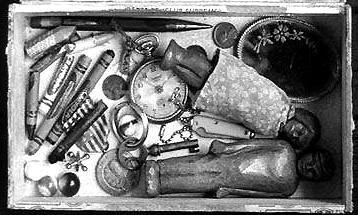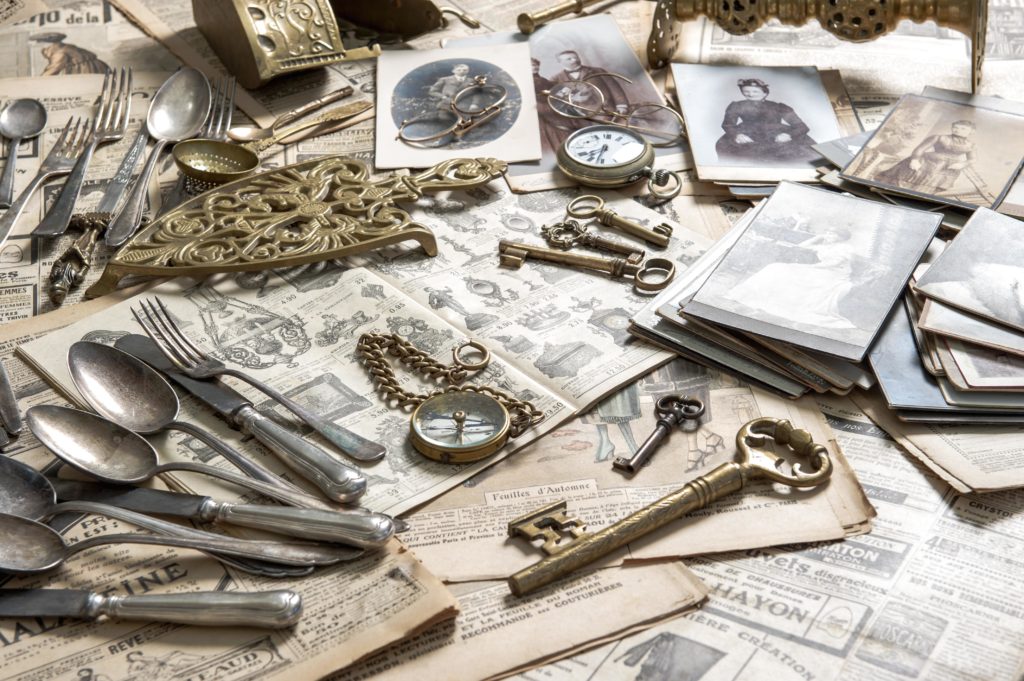About six months ago, we were getting ready to remodel our basement. I had to move my collection of record albums to another storage area and as I did so, I thought, “why am I still keeping these?”
I didn’t bother to wait for the answer. Instead, I put them away for safekeeping and walked away.
About two months later, with the remodel complete, I moved the albums back into the storage cabinet and thought, “why am I still keeping these?” This time, it occurred to me that if I took pictures of all the album covers I could check to see if they were available for streaming online, something I would have suggested to my clients.
It took about 30 minutes to snap a picture of all 115 albums, a mix of mostly rock, folk, R&B and some classical. Then I walked away.
A month ago, I went to put away our outdoor chair cushions for the winter. As I did, I saw the record albums in the cabinet meant for the cushions. We really need the whole space for the cushions, I thought, so I took the records, divided them between four, double-bagged grocery bags, and left them in the basement on the floor.
“When I get rid of these, it will be easy to carry them away.” Then I walked away.
About a week ago, I went downstairs and spotted the four bags.
“This is ridiculous! I’m an experienced professional organizer. Why am I having so much trouble with this?”
So I started asking myself the kinds of questions I ask my clients:
- Do I love these? – I love the music and yes, some of the albums themselves.
- Would you miss them if they disappeared? – Not necessarily, as long as I could get the music again.
- Would you buy the albums again if you saw them? – Definitely not.
- So what do you want to do?
I immediately went to my phone and created a post to sell the albums on a popular website. Then I created a shareable link that included the photos of all the album covers I had taken two months ago. Within minutes interested buyers responded with offers.
Being able to share the photos right away really helped since buyers could scan the collection before making an offer.
Proud of myself for finally moving forward I told my husband, “Guess what? I posted my albums for sale.” He replied, “are you keeping any?”
Suddenly a swell of emotion came over me. How did I not think of this?
As an organizer, I always ask my clients who have collections they want to sell, which, if any, do they want to keep? Somehow in my eagerness to get the job done, I forgot to ask myself the same question.
Since no one had actually bought the collection yet, I thought, “I’ll set aside the ones worth it to me to frame and hang,” but as I did so I realized I didn’t want to hang any of them. One by one I quickly went through the four bags of albums. That’s when the memories started flooding back.
Dancing with my friends to Blondie’s Parallel Lines in college. Singing to Joni Mitchell’s Blue in my bedroom as a teenager. Recalling the first time I felt the power of Janis Joplin’s gravelly voice on Pearl. Pining for an old sweetheart while listening to Billie Holiday. Remembering the very first record I ever played on my parent’s portable record player, Getz/Gilberto. I knew the words to The Girl from Ipanema when I was six.
I put all the albums back in the bags and took the best offer.
The buyer arrived that day – a 30 something guy who worked as an environmental scientist but had a love of albums and a small hobby-business selling them. I sat with him while he went through each of them to check their condition. As he did, I heard myself talking like the typical late middle-aged music fan I am, reminiscing about seeing Sly and the Family Stone at Madison Square Garden and how I really wasn’t a huge fan of The Beatle’s Abbey Road but the cover was so iconic.
These albums were the soundtrack of my life. And that’s when it hit me. “I’m not just selling my albums. I’m giving up part of myself.”
It wasn’t just the albums I was saying goodbye to. It was me, Liz – the way I spelled it then – the white, middle class, introspective, New York City kid who felt the sounds of Marvin Gaye and Aretha in her bloodstream. The one who played Fleetwood Mac and Rickie Lee Jones, over and over again in her dorm room or rocked to the sounds of the The Pretenders, The Kinks and Cream in her first apartment.
She was me, the student who stopped one day on Commonwealth Avenue in Boston, a freshman at Boston University, and paid the astronomical sum of $10 to a street vendor to buy the album It’s A Beautiful Day with it’s iconic cover of the young mountain girl, her hat and dress pushed by the wind.
“Prophetic,” I thought. The band was from San Francisco, the place I would find myself moving to almost ten years later.
Back in my basement, I watched as each vinyl record passed through the buyers hands as he inspected them. After we agreed on a price, he asked me, quite generously, if there was anything I wanted to keep? Should I have said, “Yes! I want it all back. The years and the time?” I didn’t.
Instead, I picked up the last record he’d looked at, It’s A Beautiful Day. He hadn’t heard of it until I started hum-singing the band’s most famous track, “White Bird” the song about a bird trapped in a golden cage, on a winter’s day, in the rain. Then, of course, I had to tell him the story of how I bought it.


 Toys and Childhood Memorabilia
Toys and Childhood Memorabilia
